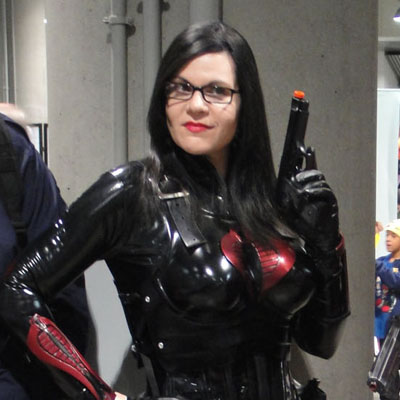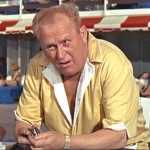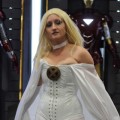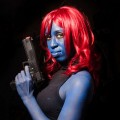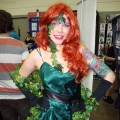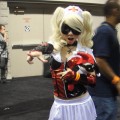Earlier on this blog, I had put together an article on Seven Tips on Writing Superhero Stories. Starting today, I want to look at the other side of the equation – super villains. Over the next seven days, we’re going to be taking a closer look at each of seven tips for super villains. In this series of articles, I don’t want to create the ordinary, garden-variety punching bag super villains that we see so many times in comic books.
Instead, I’m talking about creating truly epic super villains.
These are the super villains that actually can and do rule the world. These are the super villains that will send a shiver up the spine of readers when they are revealed. And most of all, these are the super villains that readers love to hate, and love to see the hero emerge triumphant over them.
What follow are guidelines. These are attributes that I like to see and that I try to incorporate in my own super villains to make them part of a great story. Your mileage, as always, may vary.
Tip 1. Forget the idea that “the villain is the hero of their own story”
One of the themes that has started to gain traction in recent years is the idea that the villain is the hero of their own story. Many writers no doubt see this as high craft in writing superhero stories by trying to create a more realistic portrayal of the villain. They argue that no one deliberately sets out to be a villain, but that all of us set out to be heroes. Instead, villains have their own goals and dreams, and they are pursuing them in ways that brings him into conflict with the hero. If we write the villain in the same way as we write the hero, then we could create a more layered and textured story.
I’m not buying it.
While the idea that the villain is the hero of their own story can help in making the villain more sympathetic, it ends up robbing the story of its impact because the writer is not prepared to take a stand.
It is a lot harder to write an interesting story where you have characters in sharp contrast.
If you start from the approach that the villain is the hero of their own story, then you are effectively drawing moral equivalence between hero and villain. Once you have said the hero and villain carry the same moral weight to their viewpoints and arguments, then you have lost what makes a hero a hero, because you have refused to call a villain a villain. While some postmodern writers would be okay with this, the end result is a story that sits in gray goo. There is nothing to distinguish the heroes from the villains and so you have a story that devolves to violence for violence’s sake.
To create an epic villain, you have to go to the heart of evil. You have to be prepared to say that this character you have created wants to cause pain, suffering, and death to those around him because he enjoys it. Although a villain will always have excuses: he’s insane, society made him that way, he’s being blackmailed, he’s misunderstood, or any number of other stories, the epic villain is the one who fully admits that he is evil because he enjoys it and because it gets him what he wants.
If you want to look at an example of a super villain who is in no way the hero of his own story, look at Goldfinger from the James Bond stories. Auric Goldfinger is a multimillionaire gold smuggler who plots to irradiate the US gold supply at Fort Knox with a nuclear device after dosing the entire base and surroundings with nerve gas. He does this simply to increase the value of his own gold. He kills people brutally, and without hesitation, simply because they get in his way. There is no way that you can cast him as a hero.
Because of this, he is considered one of the most epic super villains of all time.
Now, some might argue that he’s not a real super villain because he doesn’t possess any superpowers, but I disagree with that definition. What defines a super villain is scope. Not power. Goldfinger’s plot involves nothing less than the death of thousands, crippling the American economy, and detonating a nuclear device all so that his own wealth becomes more valuable.
Tip 2 is now live! Check it out here: 7 Tips for Writing Epic Super Villains – Tip 2. Keep checking back every day this week for another tip for creating epic super villains.
All trademarks and characters are the property of their respective owners. No challenge to any trademark status or ownership is made or contemplated. Any images used in this post are either used under Creative Commons licenses, or under the Terms of Fair Use under International Copyright Law which allows such use for comment and review purposes.
